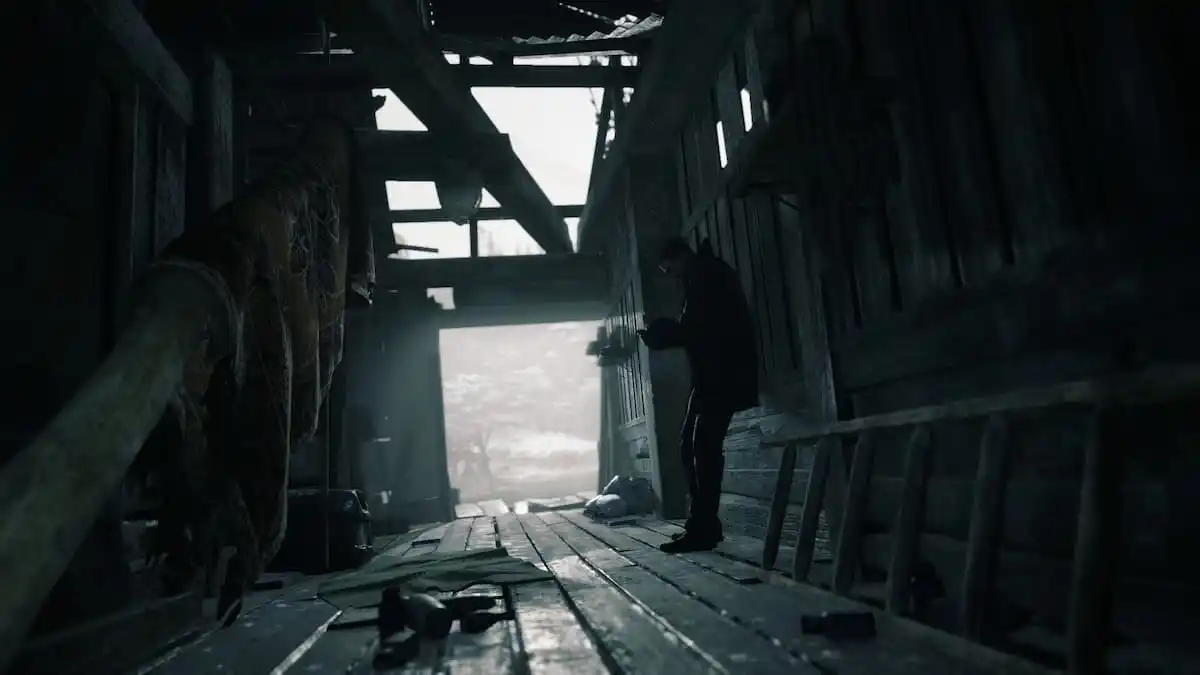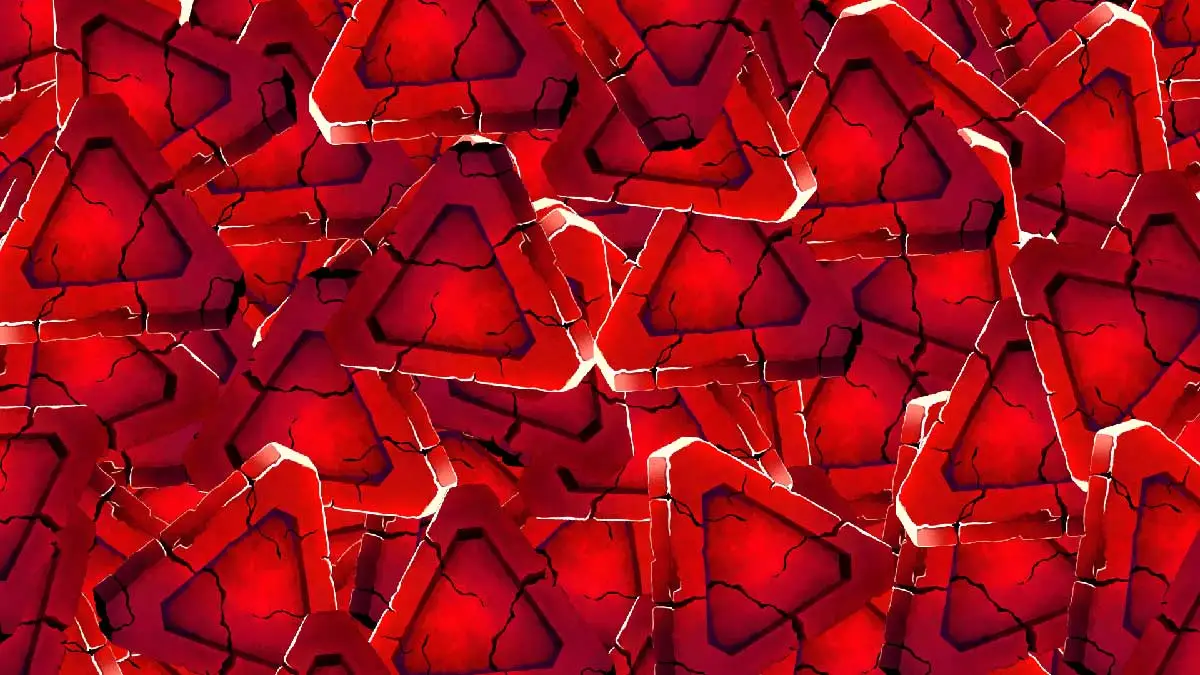Whether you’re a console or PC gamer, you’ve likely heard of screen space ambient occlusion at some point. This goes doubly so for PC gamers when fiddling with graphics settings for optimal performance on any given rig. The problem is that not every game properly describes exactly what SSAO does. Our guide explains screen space ambient occlusion and its impact on visual fidelity.
What does SSAO do?
In basic terms, screen space ambient occlusion adds ambient shading, or pockets of shade, to various objects resting within a game scene. Ambient lighting or shading refers to any indirect or natural lighting that impacts a scene. Picture the dark spots within the folds of a bed sheet or the shade underneath a water bottle. Maybe you’ll even notice a faint shadow underneath your TV stand.
These finer elements of lighting can be handled in different ways. Since the advent of RTX capable GPUs, and the PS5 and Xbox Series X/S, some games have utilized ray-tracing to simulate ambient shading. Screen space ambient occlusion, however, utilizes screen space information to determine how ambient shading is distributed across a scene.

This has its limits. Anything not within view of the camera won’t be factored into this lighting approach. Take any game with SSAO and slowly pan the camera until an object with ambient shading is just barely out of view. You might notice the shadows fizzle in and out as more of this object becomes visible to the player. This is the screen space element of screen space ambient occlusion.
Where did SSAO start?
The original Crysis in 2007 was the pioneer of the aforementioned setting. It is the first commercially released video game to make use of screen space ambient occlusion. While Crysis was a highly demanding PC title, SSAO would end up making its way to consoles soon afterward. Rudimentary implementations were seen as early as 2008 with games like Gears of War 2.
While quality varied on a per title basis, screen space ambient occlusion became increasingly common as the PS3 and Xbox 360 generation wore on. It remains in use to this day across many triple-A titles, including Resident Evil Village on last-gen consoles and current-gen consoles’ non-raytracing modes.







Published: Jul 27, 2022 06:28 pm